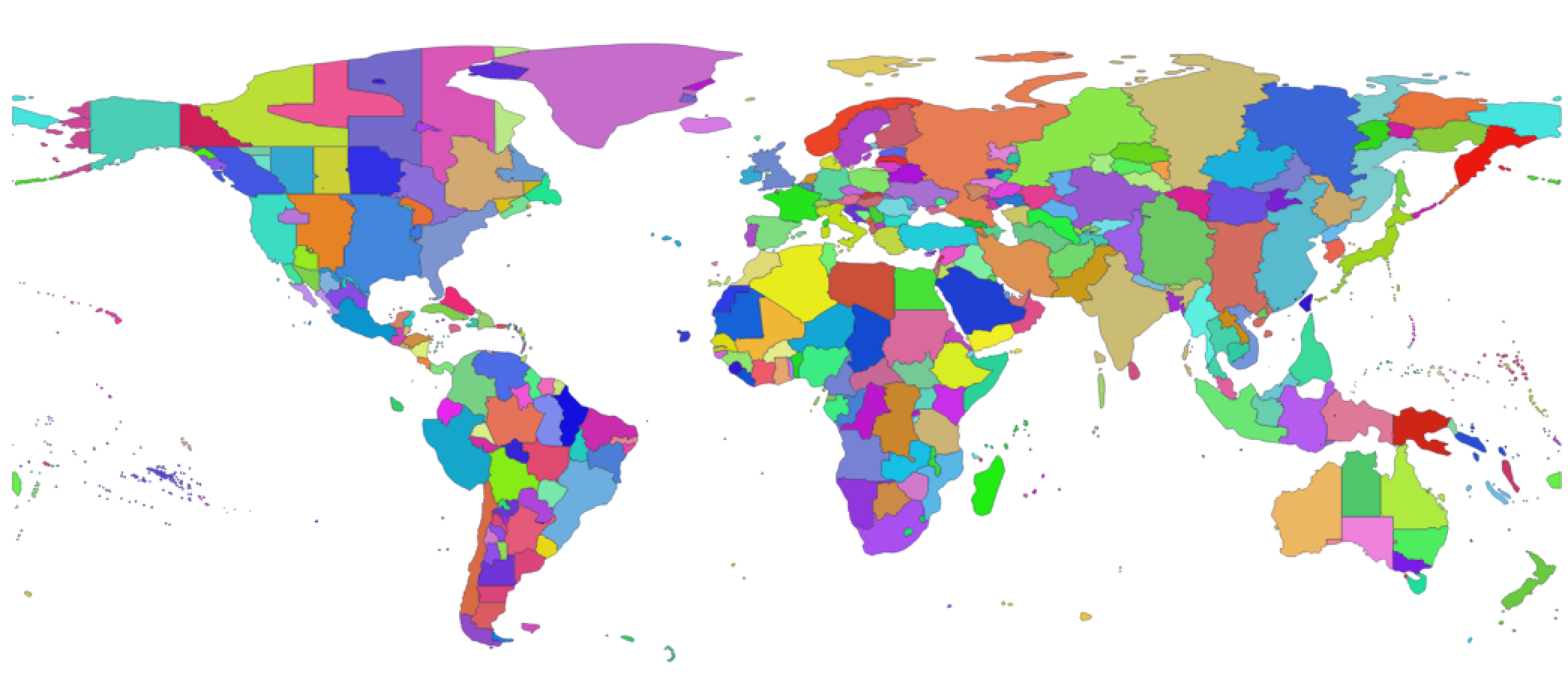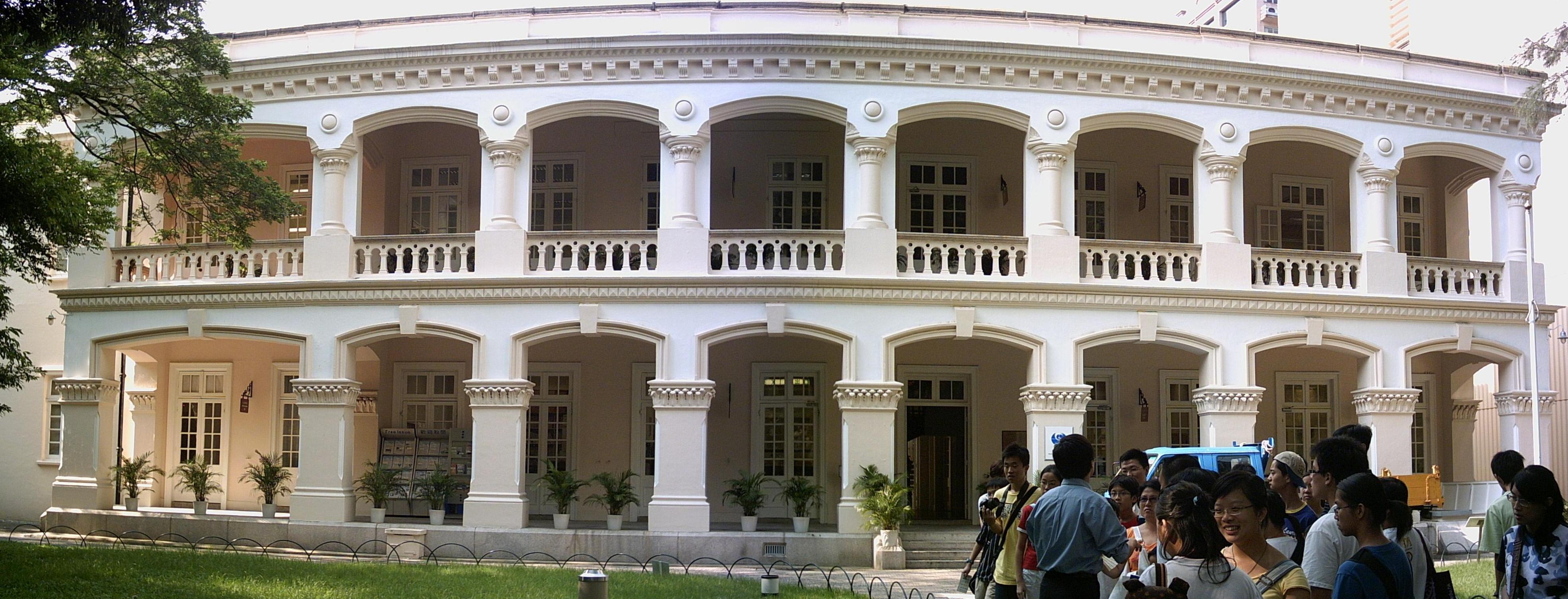|
Hong Kong Time
Hong Kong Time (abbreviation: HKT; ) is the time in Hong Kong, observed at UTC+08:00 all year round. The Hong Kong Observatory is the official timekeeper of the Hong Kong Time. It is indicated as Asia/Hong_Kong in the IANA time zone database. Time standards In Hong Kong, Hong Kong Time is defined in the Interpretation and General Clauses Ordinance (Cap 1), Laws of Hong Kong. Section 67(2) of the Ordinance states that: "Hong Kong Time" () means the time used for general purposes throughout Hong Kong namely, 8 hours, or such other period as may be determined by the Legislative Council by resolution under this subsection or under section 16 of the Oil (Conservation and Control) Ordinance (Cap 264), in advance of Universal Standard Time. Currently, Hong Kong time is defined as UTC+08:00. The reference in section 67(2) to the Oil (Conservation and Control) Ordinance is actually a power given to the Legislative Council of Hong Kong to change Hong Kong Time for the purposes of con ... [...More Info...] [...Related Items...] OR: [Wikipedia] [Google] [Baidu] |
Blackhead Point
Blackhead Point (), also known as Tai Pau Mai () indigenously, or by the names Tsim Sha Tsui Point and Signal Hill (), was a cape before any land reclamation took place in Tsim Sha Tsui, Kowloon, Hong Kong. It currently remains a small hill near the coast. Signal Hill is about high and measures approximately from east to west, and from north to south. It is the site of Signal Hill Garden and features the Signal Hill Tower as well as remains of military structures. Etymology Blackhead Point was named after a German businessman in Hong Kong named Friedrich Johan Berthold Schwarzkopf, who naturalised as a British citizen and anglicised his name as 'Blackhead'. The name used by local residents for the Hill was Tai Pau Mai () because it was believed that the hill resembled a large bag of rice. Signal Hill Tower The Signal Hill Tower () was built in the Edwardian style in 1907 at the top of the hill. It was originally a three-storey building. The tower stood at 12.8 metres (4 ... [...More Info...] [...Related Items...] OR: [Wikipedia] [Google] [Baidu] |
Radio Hong Kong
Radio Television Hong Kong (RTHK) is the public broadcasting service in Hong Kong. GOW, the predecessor to RTHK, was established in 1928 as the first broadcasting service in Hong Kong. As a government department under the Commerce and Economic Development Bureau of the Hong Kong Government that directly supported by annual government funding, RTHK's educational, entertainment, and public affairs programmes are broadcast on its eight radio channels and four television channels, as well as commercial television channels. History The British Hong Kong Government launched its first radio broadcasting station, known as "GOW", on 20 June 1928, with a starting staff of only six people. Several name changes occurred over the next few years, and it eventually became known as "Radio Hong Kong" (RHK) () in 1948. In 1949, broadcasting operations were taken over by the Government Information Services (GIS), but by 1954, RHK had managed to establish itself as an independent department. ... [...More Info...] [...Related Items...] OR: [Wikipedia] [Google] [Baidu] |
Tz Database
The tz database is a collaborative compilation of information about the world's time zones, primarily intended for use with computer programs and operating systems. Paul Eggert is its current editor and maintainer, with the organizational backing of ICANN. The tz database is also known as tzdata, the zoneinfo database or IANA time zone database, and occasionally as the Olson database, referring to the founding contributor, Arthur David Olson. Its uniform naming convention for time zones, such as ''America/New_York'' and ''Europe/Paris'', was designed by Paul Eggert. The database attempts to record historical time zones and all civil changes since 1970, the Unix time epoch. It also includes transitions such as daylight saving time, and also records leap seconds. The database, as well as some reference source code, is in the public domain. New editions of the database and code are published as changes warrant, usually several times per year. Data structure File formats The t ... [...More Info...] [...Related Items...] OR: [Wikipedia] [Google] [Baidu] |
ASEAN Common Time
The ASEAN Common Time (ACT) is a proposal to adopt a standard time for all Association of Southeast Asian Nations member states. It was proposed in 1995 by Singapore, and in 2004 and 2015 by Malaysia to make business across countries easier. The proposal failed because of opposition in Thailand and Cambodia: Thais and Cambodians argued that UTC+08:00 was not really better than UTC+07:00, which is their current time zone. Currently, there are four different time zones used by ASEAN countries. UTC+06:30 (Myanmar); UTC+07:00 (Cambodia, Laos, Thailand, Vietnam, and western Indonesia); UTC+08:00 (Brunei, central Indonesia, Malaysia, Philippines, and Singapore); and UTC+09:00 (eastern Indonesia). The proposal would institute UTC+08:00 as the ASEAN Central Time, putting Myanmar at UTC+07:00, and leaving the less populous eastern Indonesia at UTC+09:00. This would result in the vast majority of the region's people and territory lining up at UTC+08:00—in sync with China, Ho ... [...More Info...] [...Related Items...] OR: [Wikipedia] [Google] [Baidu] |
Daylight Saving Time
Daylight saving time (DST), also referred to as daylight savings time or simply daylight time (United States, Canada, and Australia), and summer time (United Kingdom, European Union, and others), is the practice of advancing clocks (typically by one hour) during warmer months so that darkness falls at a later clock time. The typical implementation of DST is to set clocks forward by one hour in the spring (" spring forward"), and to set clocks back by one hour in the fall ("fall back") to return to standard time. As a result, there is one 23-hour day in early spring and one 25-hour day in the middle of autumn. The idea of aligning waking hours to daylight hours to conserve candles was first proposed in 1784 by U.S. polymath Benjamin Franklin. In a satirical letter to the editor of ''The Journal of Paris'', Franklin suggested that waking up earlier in the summer would economize on candle usage; and calculated considerable savings. In 1895, New Zealand entomologist and astrono ... [...More Info...] [...Related Items...] OR: [Wikipedia] [Google] [Baidu] |
Primary Standard
A primary standard in metrology is a standard that is sufficiently accurate such that it is not calibrated by or subordinate to other standards. Primary standards are defined via other quantities like length, mass and time. Primary standards are used to calibrate other standards referred to as working standards.Skoog, Douglas A., Donald M. West and F. James Holler. "Fundamentals of Analytical Chemistry 8th ed." Harcourt Brace College Publishers. 1995 ''Holt Science and Technology: Physical Science''. Ed. Rinehart and Winston, Inc. Holt. Holt McDougal (July 2000). . See Hierarchy of Standards. In chemistry Standards are used in analytical chemistry. Here, a primary standard is typically a reagent which can be weighed easily, and which is so pure that its weight is truly representative of the number of moles of substance contained. Features of a primary standard include: # High purity # Stability (low reactivity) # Low hygroscopicity (to minimize weight changes due to humidity) ... [...More Info...] [...Related Items...] OR: [Wikipedia] [Google] [Baidu] |
Millisecond
A millisecond (from '' milli-'' and second; symbol: ms) is a unit of time in the International System of Units (SI) equal to one thousandth (0.001 or 10−3 or 1/1000) of a second and to 1000 microseconds. A unit of 10 milliseconds may be called a centisecond, and one of 100 milliseconds a decisecond, but these names are rarely used. To help compare orders of magnitude of different times, this page lists times between 10−3 seconds and 100 seconds (1 millisecond and one second). ''See also'' times of other orders of magnitude. Examples The Apollo Guidance Computer used metric units internally, with centiseconds used for time calculation and measurement. *1 millisecond (1 ms) – cycle time for frequency 1 kHz; duration of light for typical photo flash strobe; time taken for sound wave to travel about 34 cm; repetition interval of GPS C/A PN code *1 millisecond - time taken for light to travel 204.19 km in a single mode fiber optic cable for a wavelen ... [...More Info...] [...Related Items...] OR: [Wikipedia] [Google] [Baidu] |
Caesium
Caesium (IUPAC spelling) (or cesium in American English) is a chemical element with the symbol Cs and atomic number 55. It is a soft, silvery-golden alkali metal with a melting point of , which makes it one of only five elemental metals that are liquid at or near room temperature. Caesium has physical and chemical properties similar to those of rubidium and potassium. It is pyrophoric and reacts with water even at . It is the least electronegative element, with a value of 0.79 on the Pauling scale. It has only one stable isotope, caesium-133. Caesium is mined mostly from pollucite. The element has 40 known isotopes, making it, along with barium and mercury, one of the elements with the most isotopes. Caesium-137, a fission product, is extracted from waste produced by nuclear reactors. The German chemist Robert Bunsen and physicist Gustav Kirchhoff discovered caesium in 1860 by the newly developed method of flame spectroscopy. The first small-scale applications for ... [...More Info...] [...Related Items...] OR: [Wikipedia] [Google] [Baidu] |
Crystal Oscillator
A crystal oscillator is an electronic oscillator circuit that uses a piezoelectric crystal as a frequency-selective element. The oscillator frequency is often used to keep track of time, as in quartz wristwatches, to provide a stable clock signal for digital integrated circuits, and to stabilize frequencies for radio transmitters and receivers. The most common type of piezoelectric resonator used is a quartz crystal, so oscillator circuits incorporating them became known as crystal oscillators. However, other piezoelectricity materials including polycrystalline ceramics are used in similar circuits. A crystal oscillator relies on the slight change in shape of a quartz crystal under an electric field, a property known as inverse piezoelectricity. A voltage applied to the electrodes on the crystal causes it to change shape; when the voltage is removed, the crystal generates a small voltage as it elastically returns to its original shape. The quartz oscillates at a stable r ... [...More Info...] [...Related Items...] OR: [Wikipedia] [Google] [Baidu] |
Royal Observatory Hong Kong
The Hong Kong Observatory is a weather forecast agency of the government of Hong Kong. The Observatory forecasts the weather and issues warnings on weather-related hazards. It also monitors and makes assessments on radiation levels in Hong Kong and provides other meteorological and geophysical services to meet the needs of the public and the shipping, aviation, industrial and engineering sectors. Overview The Observatory was established on 2 March 1883 as the Hong Kong Observatory by Sir George Bowen, the 9th Governor of Hong Kong, with (1852–1941) as its first director. Early operations included meteorological and magnetic observations, a time service based on astronomical observations and a tropical cyclone warning service. The Observatory was renamed the Royal Observatory Hong Kong () after obtaining a Royal Charter in 1912. The Observatory adopted the current name and emblem in 1997 after the transfer of Hong Kong's sovereignty from the UK to China. The Hong ... [...More Info...] [...Related Items...] OR: [Wikipedia] [Google] [Baidu] |




